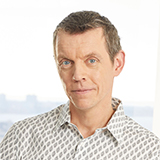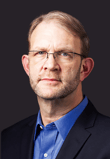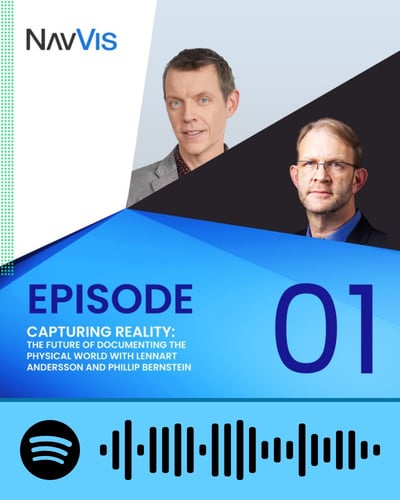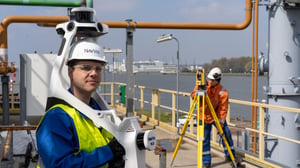"Scanning Realities" is the new podcast series that provides laser-focused insight into the current geospatial landscape and beyond, exploring industry challenges, market changes, and future trends. If you have ever wondered where reality capture technology is taking the world of documentation, look no further. In Episode 1, we discuss unprecedented 3D building scanning capabilities for site documentation, a gateway to better modeling and facility management.
Hosted by Michael Dutch, Customer Success Team Lead at NavVis with a background in Geoscience and many years in both the AEC and Oil and Gas sectors, this episode features industry-leading insight from two exceptional guests:
 |
 |
|
Lennart Andersson Professor Adjunct of Architecture at Pratt Institute & Director at Enstoa |
Phil Bernstein Associate Dean and Professor Adjunct at the Yale School of Architecture |
A glimpse into the discussion
"Reality capture moves beyond the traditional role of a surveyor, and it's much more than geometry. It is a position in space. It really opens a lot of possibilities", says Lennart Andersson.
Phil Bernstein expands: "The challenges of the building industry are precision and prediction. And reality capture is all about improving those two things: making things more precise and predicting what's going to happen."
In Andersson’s opinion, "there's no reason not to scan anything because the number of issues you will have if you don't mean you're going to be paying for that many times over."
Bernstein agrees, "I think reality capture is part of the larger, episodic or heterogeneous digitization of the building industry. For many, many years, digitization in our industry meant people using computers to draw stuff. And now we are entering a realm where much larger swaths of the delivery chain are being digitized."
So why not embrace this opportunity? And how can you do so?
"Reality capture is the cornerstone, the starting block. If we're able to do some incredible computing and get a digital representation that's understandable by a computer, we could then move a step further and start thinking about past predictive maintenance – or a building that's then able to maintain itself", in Dutch’s words.
If you're working or learning with reality capture devices or considering how they might help your line of work, this episode is for you.
Tune in on your favorite platform!

Don't forget to subscribe and be the first to know when our second episode is out – next topic in line: construction verification. Sign up for our global newsletter so you can be the first to listen:


